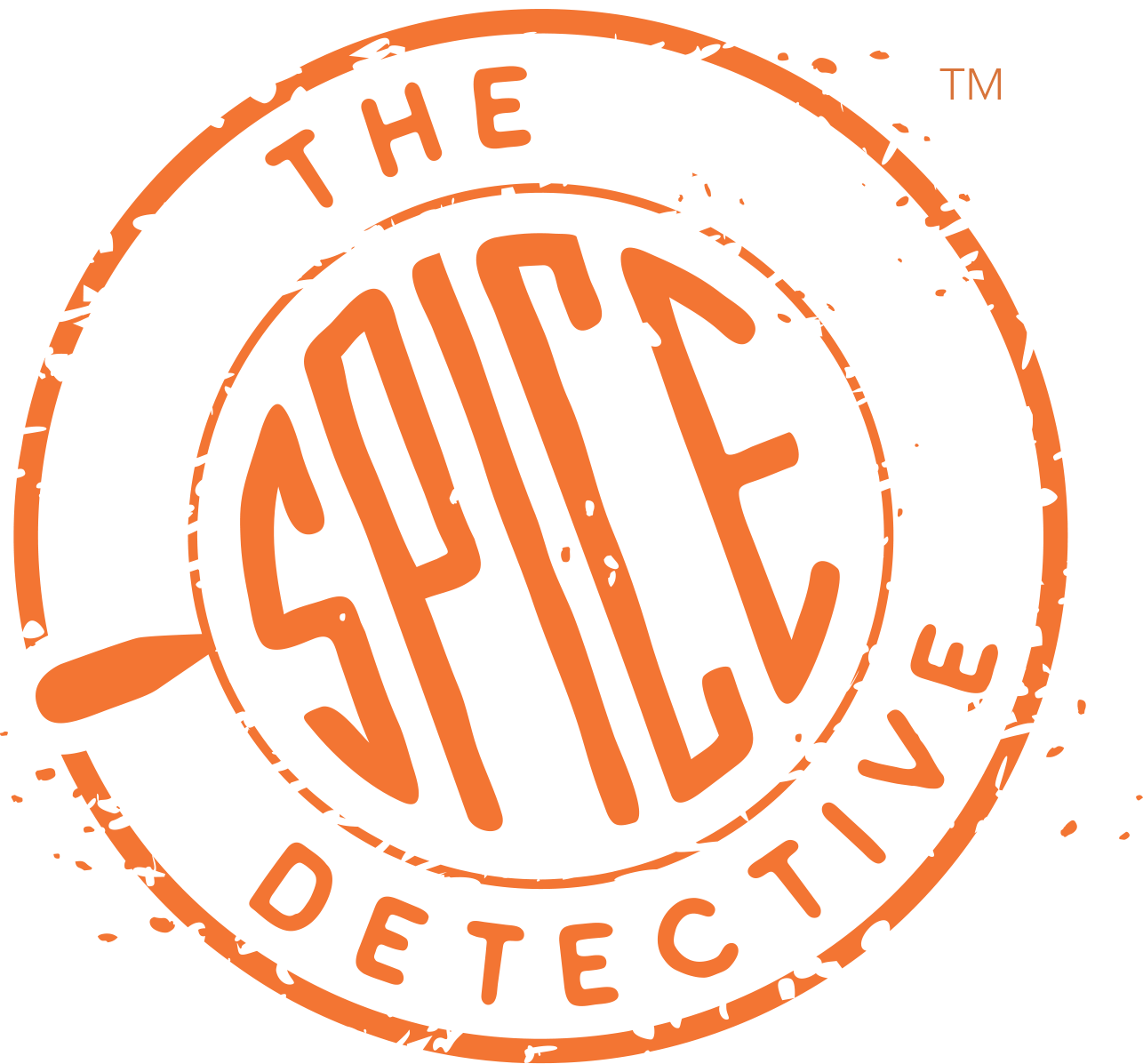How to Avoid Eating GMO Foods

Article by: Wisely Green
It’s not hard to avoid GMO foods if you learn to read labels, understand the most likely ones to be GMO crops, and start shopping locally. The more consumers insist on non-GMO products, the more food producers will answer the call.
If GMO products are left on the shelves, big business will get the message that consumers prefer healthier, non-GMO foods. Until then, here are some tips to avoid GMOs as much as possible.
Steps to Avoid Eating GMO Foods
Avoid processed food – Processed food has a high level of GMOs and GMO crop by-products like high-fructose corn syrup. If you avoid processed foods, you can avoid a lot of GMO products – especially corn, soy and their by-products. Plus, by simply avoiding processed foods you’ll be healthier in other ways too.
Read labels – The Non-GMO Project Verified seal is a third party verification system that shows a product is made without intentionally using GMOs. The Certified Organic label can only be given to a product for a company who has proven to use approved organic practices which excuse the use of GMOs.
Eat organic – Certified organic products do not allow GMOs to be called “organic”; therefore you can be sure that items you eat that are certified organic are not using GMO crops. You can rest assured that by eating certified organic products you’re avoiding GMOs.
Grow your own – It doesn’t take much yard to grow your own organic crops. You canuse containers on a patio, practice square foot gardening in a small patch of yard, and even grow some crops inside with grow lights. Growing a small garden doesn’t take much effort and can save money and ensure non-GMO production.
Eat plant-based – By focusing on a plant-based diet and buying organic, you can virtually eliminate most issues with GMOs invading your food. Corn, papaya, edamame, zucchini and yellow squash are the most likely crops to be GMO. If you only buy organic of these crops and you’ll avoid almost all exposure to genetically modified organisms.
Choose animal products carefully – You can find organic and Non-GMO Project Verified milk, cheese, eggs, meat and fish. They will be more costly, but it will be better for your family’s health. Remember, “grass fed” doesn’t mean non-GMO. It must be Certified Organic or carry the Non-GMO Project Verified label.
Eat frozen veggies and fruit – Believe it or not, frozen fruit and veggies are good for you. They are often frozen within hours of picking and are often really fresher than their non-frozen counterparts on the shelf. Again, read the label and choose organic.
Know which dry grains to choose – To cook for your family, avoid corn and soy and choose dry beans, grains, nuts and seeds without the additives that can be found in canned processed foods.
Keep in mind that food producers are not required to provide labeling on food that tells you whether or not GMOs are present. Assume they are GMO unless the company gone through the expense and trouble to prove otherwise with qualifying for the USDA Certified Organic labeling or by obtaining the Non-GMO Project Verified seal.





